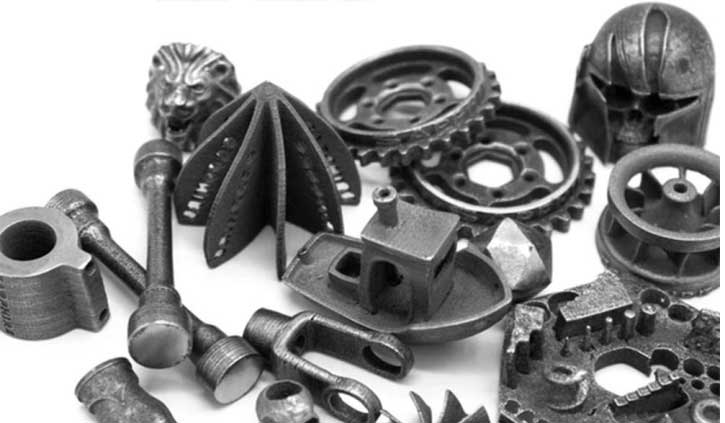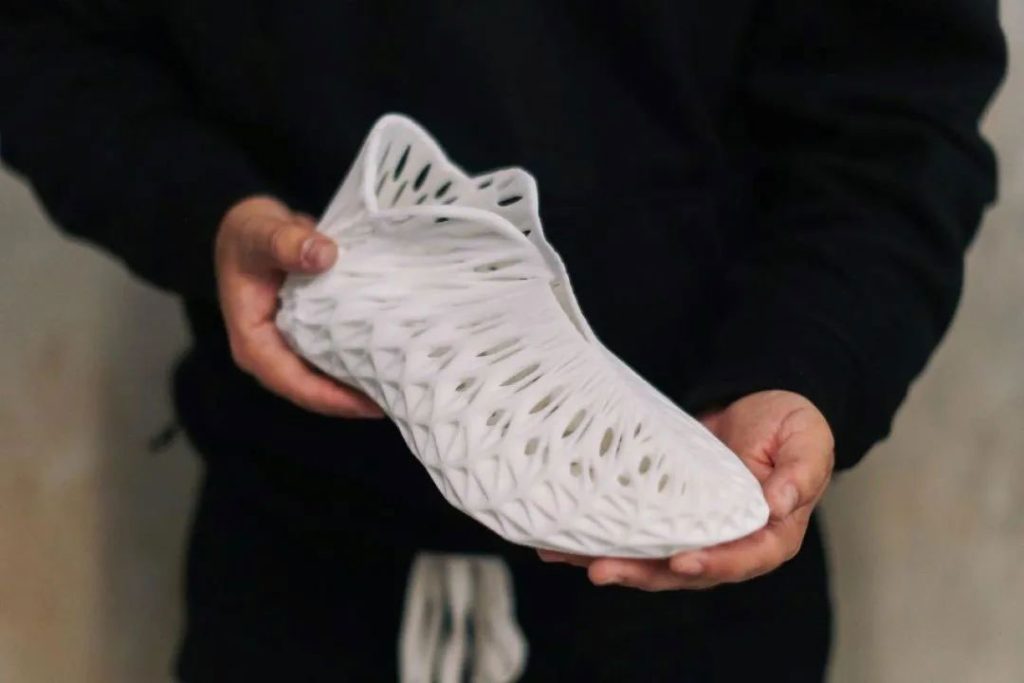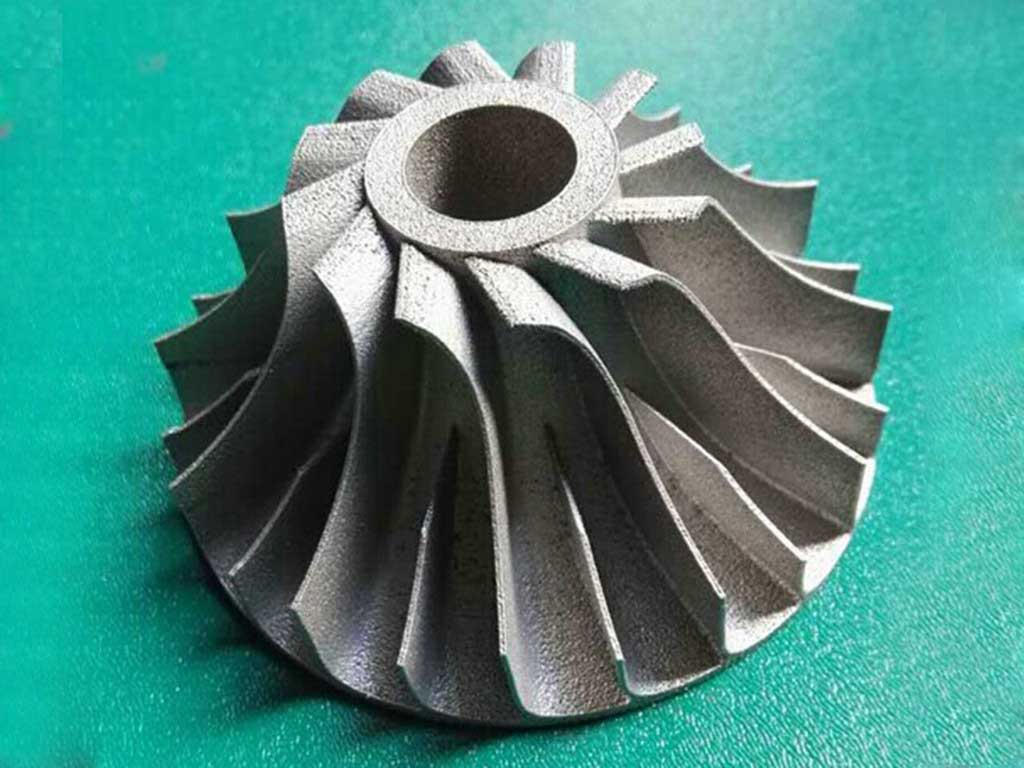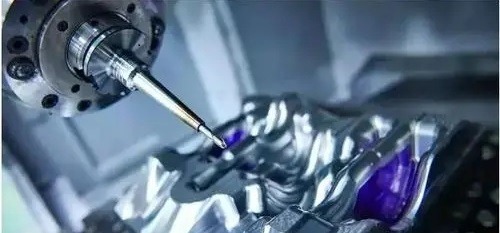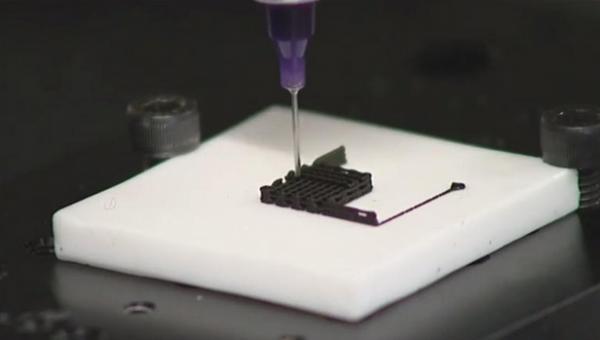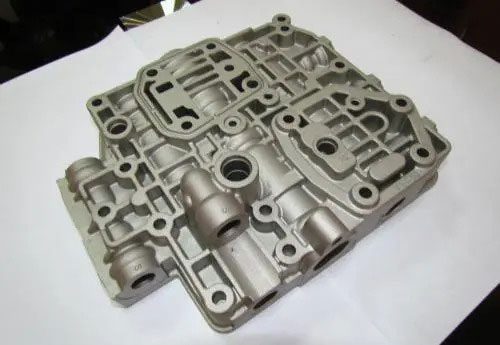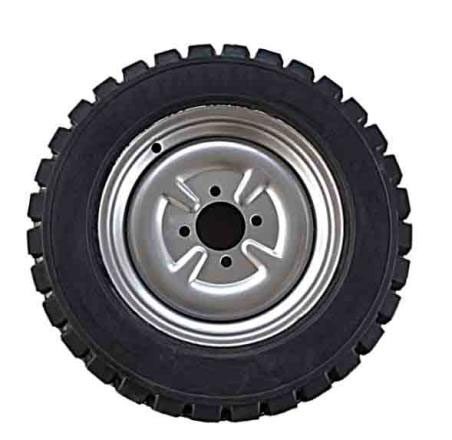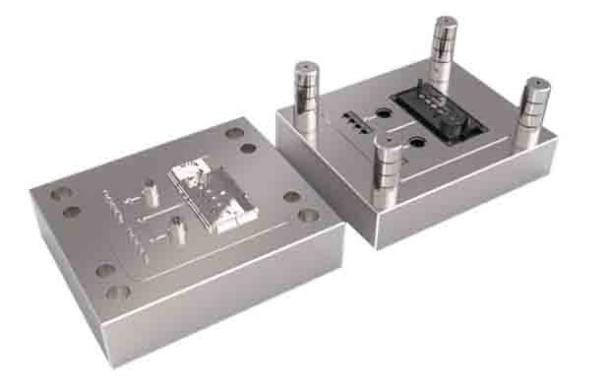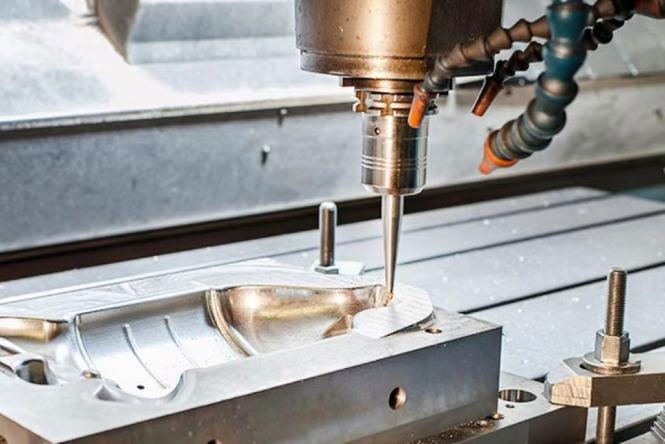3D printing is additive manufacturing, a type of rapid prototyping technology. It uses a digital model file as the basic framework and uses bondable materials such as powdered metal or plastic to construct objects by layer-by-layer printing. 3D printing technology integrates cutting-edge technologies in many fields such as information technology, digital modeling technology, electromechanical control technology, material science and chemistry.
With the gradual maturity of 3D printing technology in printing materials and operating software, 3D printing technology has been gradually introduced into mold manufacturing, industrial design, engineering construction, aerospace, and many other fields. With the emergence and popularization of 3D printing technology, the mold manufacturing industry has undergone fundamental changes.
Molds are the basic process equipment for industrial production. 60% to 80% of components in electronics, instrumentation, automobiles, and communications are formed by molds. The quality of molds largely determines the quality of products.
CNC machining is the most commonly used technique when making molds. While it provides highly reliable results, it is very expensive and time-consuming. The corresponding 3D printing technology has the advantages of material saving, rapid prototyping, and precise manufacturing.
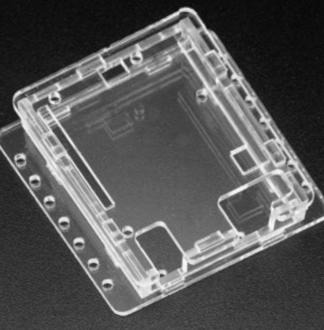
3D Printing and Mold Making
In the process of product manufacturing, industrial production mainly takes mold manufacturing as the technical framework and then conducts mass production of various products. Mold manufacturing technology has certain operational difficulties and high costs. With the rise of personalized consumption methods, different consumers will have more diverse needs for industrial products. As a result, mold manufacturing technology needs to spend a lot of time on the design and manufacture of the mold. The accuracy of mold manufacturing and the controllability of costs are becoming more and more difficult to effectively control, so mold manufacturing technology is more and more difficult to meet the evolving needs of industrial production.
With the advent of 3D printing technology and its application in mold manufacturing, the need for customization and individualization has been solved. With its technical advantages, 3D technology shortens the design cycle and manufacturing process, reduces the cost in the design and manufacturing process, and has a positive impact on the entire industrial design activities.
3D printing technology enables designers to customize the needs of customers in a short period of time, and at the same time, it is convenient to adjust the design multiple times, effectively control the cost of design work, and reduce unnecessary costs.
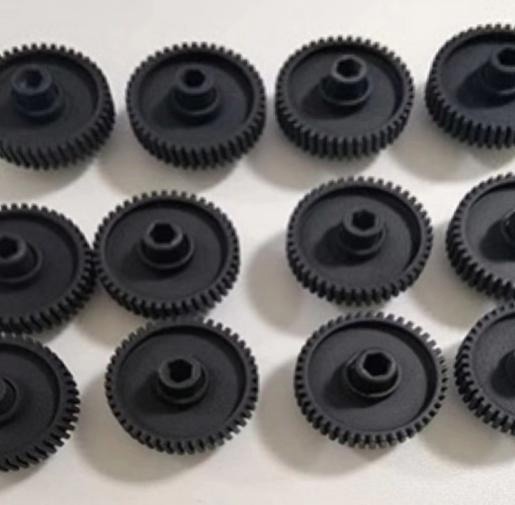
The Advantages of 3D Printing Technology in Making Molds
- Shortened mold production cycle
3D printing can automatically, quickly, directly, and accurately convert the three-dimensional design in the computer into a physical model, which can withstand frequent design changes and modifications during the development of new products, improving flexibility and adaptability. 3D printing molds shorten the product development cycle, skipping the mold opening, forging, cutting, and other processes in traditional mold manufacturing. 3D printing enables the mold design cycle to keep up with the product design cycle.
- Easier to manufacture more complex products
Metal 3D printing is able to improve the metal microstructure, resulting in fully dense printed parts. Additive manufacturing makes it easier to improve the design of molds. 3D printing enables arbitrary shaped cooling channels to ensure conformal cooling, more optimized and uniform, ultimately leading to higher quality parts.
- Customize the final product
3D printed molds are very suitable for customized production. Because it has a shorter production cycle, it is easier to manufacture complex parts, and it can reduce the final manufacturing cost.
- Manufacturing cost savings
Using 3D printing, engineers are able to reduce up-front costs incurred due to mold design modifications. 3D printing is more cost-effective if the materials used are very expensive and traditional mold-making materials have a high scrap rate. In addition, 3D printing is capable of producing precise molds within a few hours.
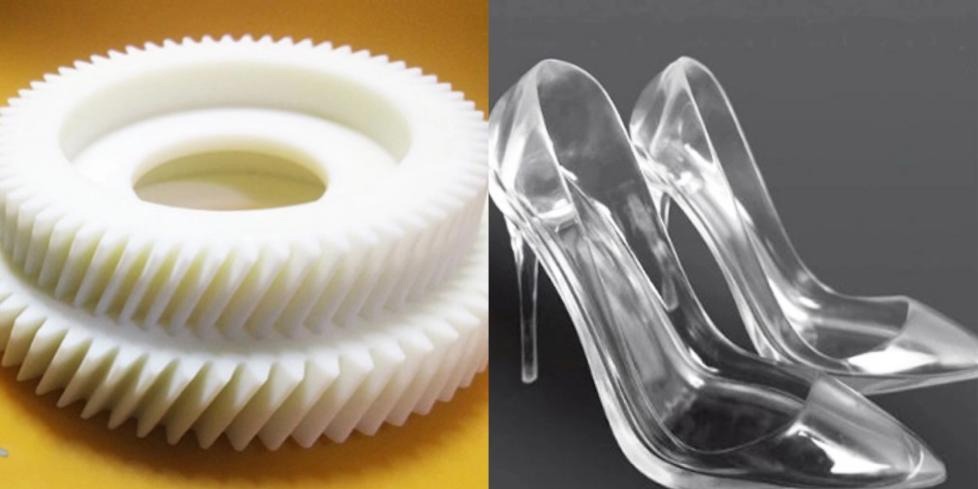
Disadvantages of 3D Printing Technology to Make Molds
- 3D printed parts are limited in size
3D printing equipment cannot meet the manufacturing of large-scale mold products in the industry. Most of the 3D printing equipment in actual use is below the 1x1m levels, and it is difficult to meet the requirements for the manufacture of large-scale products.
- 3D printing is not suitable for mass production
3D printing is not suitable for mass production. The unit price of 3D printing technology to produce 1 product is basically similar to that of producing 1,000 products, and the relative 3D printing takes longer. Traditional mold-making technology has obvious advantages in mass production.
- Fewer materials are available for 3D printing technology
Although there are many materials that can be 3D printed, high-temperature plastics and some commonly used metals still cannot be printed. In particular, metal is prone to denaturation after printing due to heat treatment.
- The efficiency of 3D printing technology needs to be improved
There is a contradiction between the manufacturing accuracy and manufacturing speed of 3D printing. 3D printing is to make objects by layer-by-layer accumulation. If you want to improve the printing accuracy, you need to increase the number of printing layers, but the printing speed is correspondingly reduced.
- The mechanical properties of 3D printed products are difficult to guarantee
Mechanical properties are important parameters of parts, which provide the main basis for the use and working life of parts. In traditional CNC machining, related work such as aging and heat treatment is carried out to achieve the mechanical properties of the parts.
- 3D printing cannot replace traditional mold-making technology in the short term
Although 3D printing is very famous, the industrialization of 3D printing is far from being formed, and it is still in the stage of popular science. As a cutting-edge and leading technology, 3D printing can meet the needs of customized and complex products, but it does not have the advantages of batch and scale.
In the development of traditional industrial large-scale production today, the division of labor is very fine and the supporting facilities are very sufficient, which has formed huge inertia. If 3D printing is to break this inertia, the cost is very high.
Conclusion
JTR can provide Carbon DLS 3D printing, DMLS 3D printing, FDM 3D printing, Multi Jet Fusion (MJF) 3D printing, PolyJet 3D printing, Selective Laser Sintering (SLS) services, Stereolithography (SLA) service, and other 3D printing services. If you need 3D printing services, please feel free to contact JTR.


